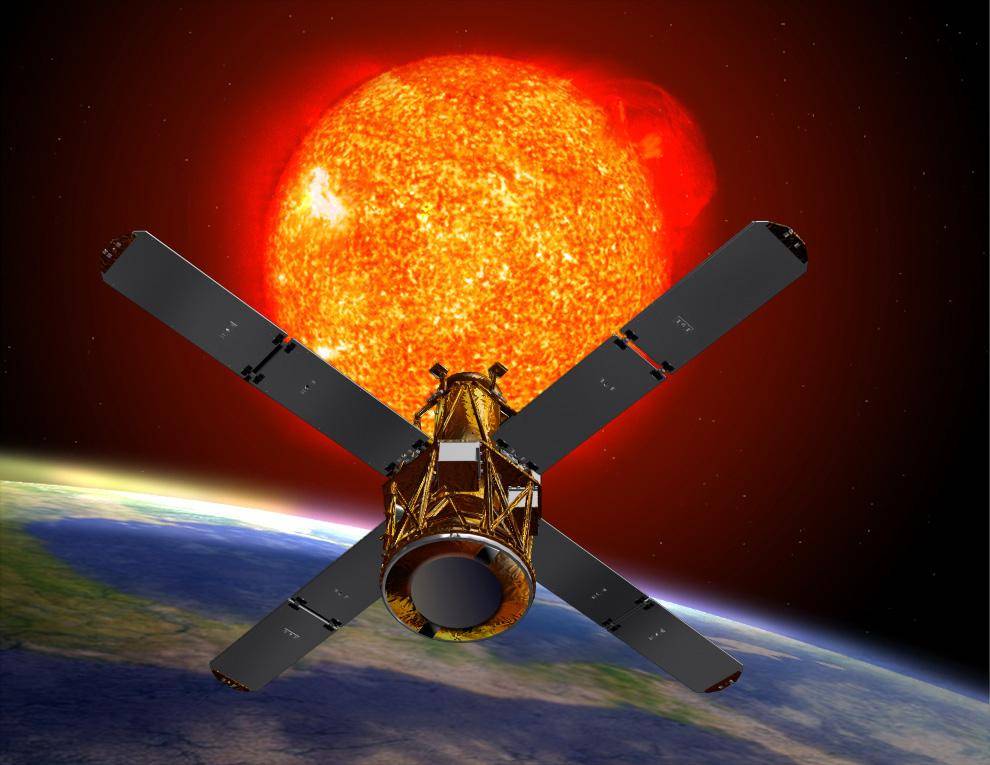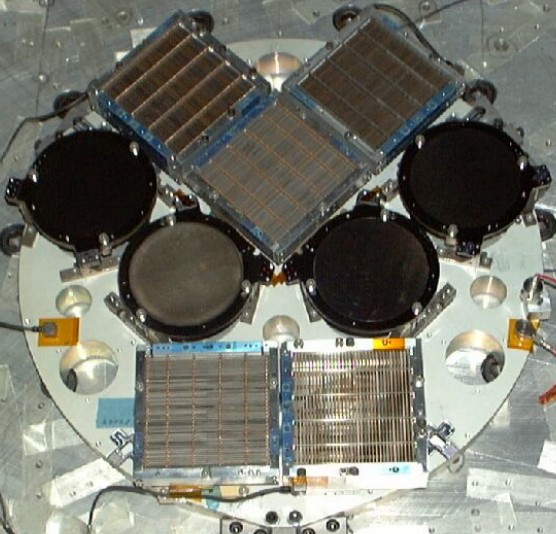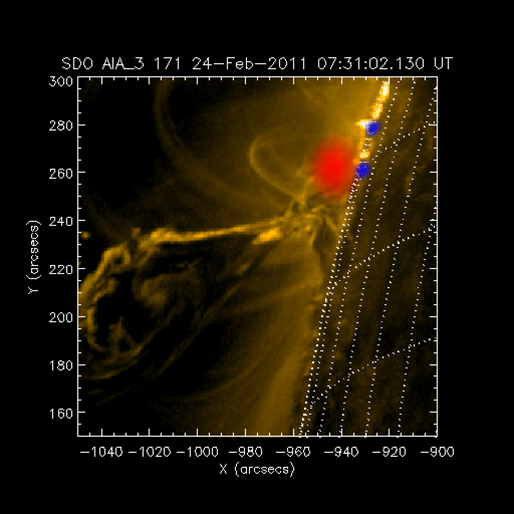RHESSI
Reuven Ramaty High Energy Solar Spectroscopic Imager
The X-ray telescope orbits the earth since 2002, delivering data until 2018.
RHESSI is the precursor of the STIX X-ray telescope.
ROLE OF THE INSTITUTE FOR DATA SCIENCE
> Data management: data browser, host of the RHESSI European Data Centre
> Image processing: compressed sensing algorithm
> Science: analysis of solar flares, particle acceleration
Project lead at I4DS: André Csillaghy
Partners: international consortium led by University of California at Berkeley
Start: 2002
Decommissioned: 2018
Science exploitation: ongoing
Keywords: space sciences, solar physics, X-ray imaging, data archiving
MISSION UPDATES
2023: Rhessi re-entered the atmosphere in the night of April 19-20 over the Sahara desert.
2019: After more than 16 years of successful operations since its launch in 2002, RHESSI has been decommissioned on October 1, 2018. The on-board receiver has been slowly degrading since 2017, and commanding from the ground has become increasingly difficult. We have not been able to send commands successfully since mid-July 2018. Find more information on the RHESSI mission website.
SUMMARY
PEOPLE @I4DS WORKING WITH RHESSI DATA
Dr. Matej Kuhar
Solar Physicist
Roman Bolzern
Computer Scientist
Dr. Diego Casadei
Solar Physicist
Dr. Lucia Kleint
Solar Physicist






